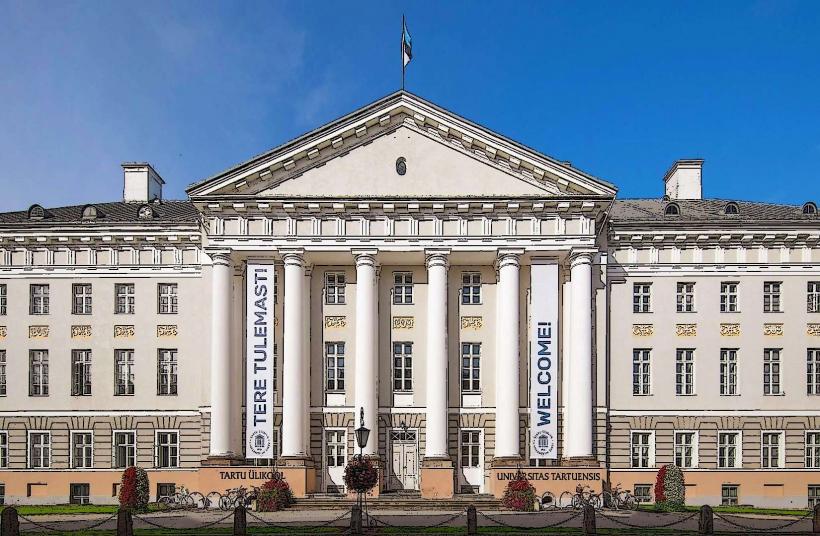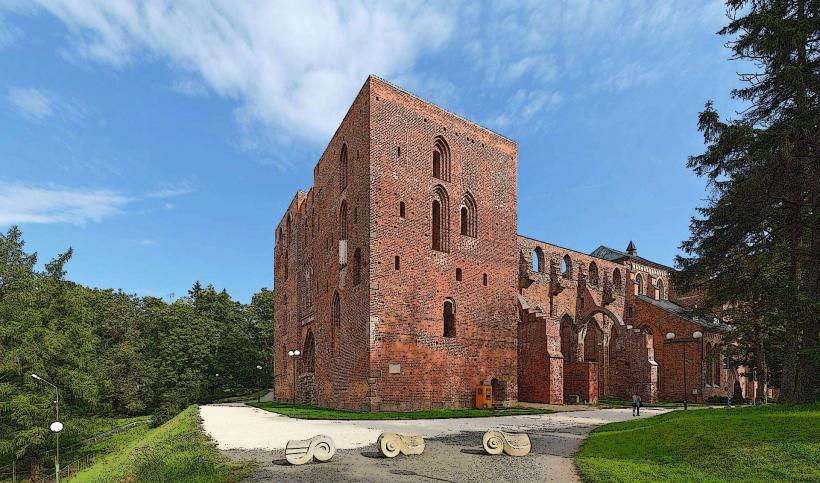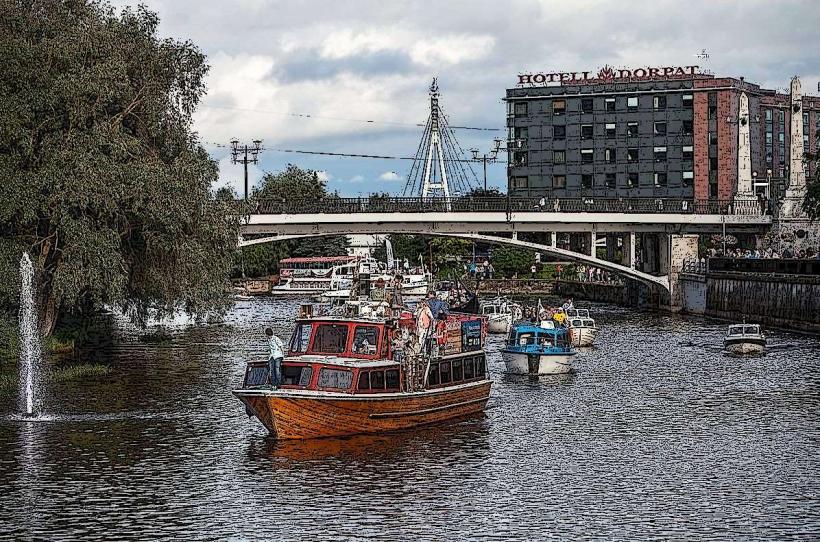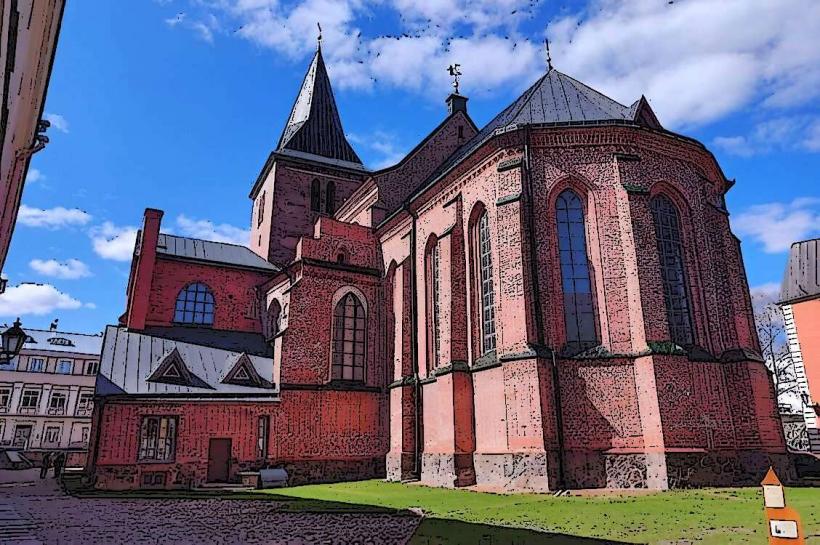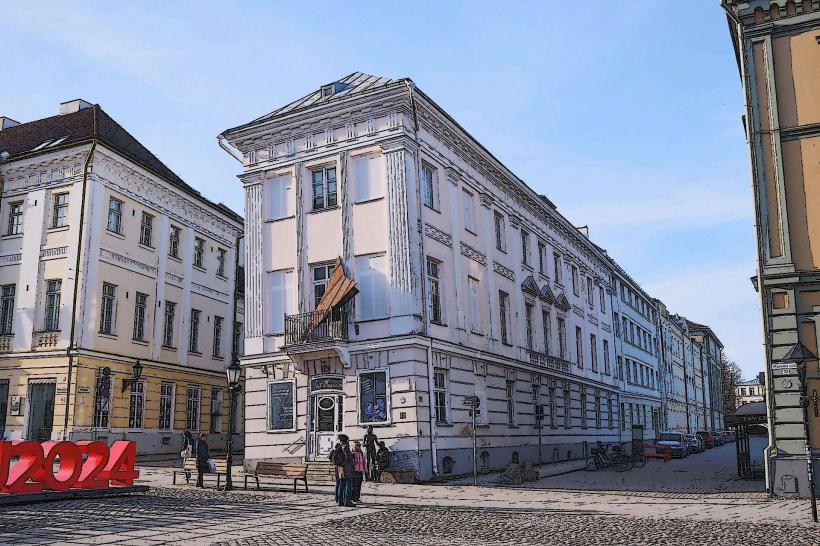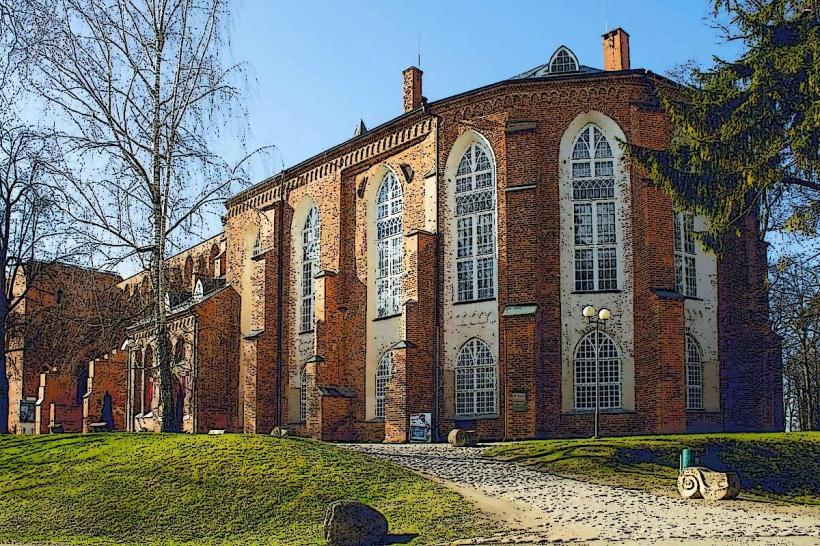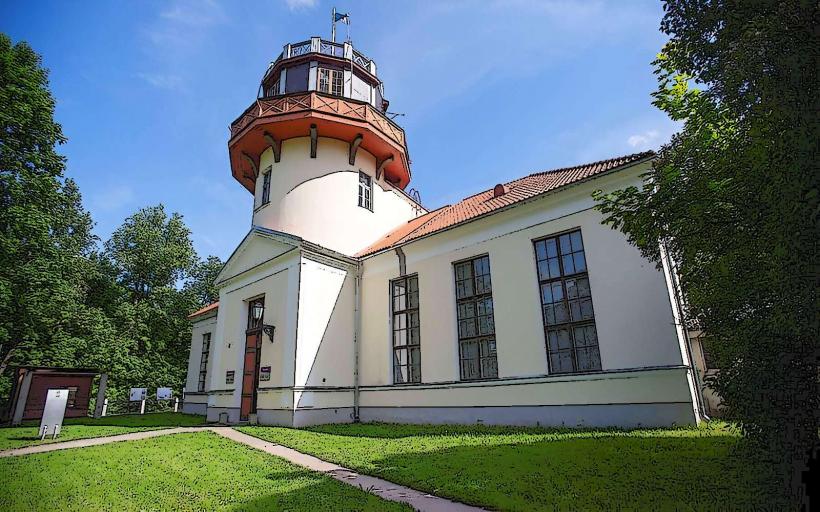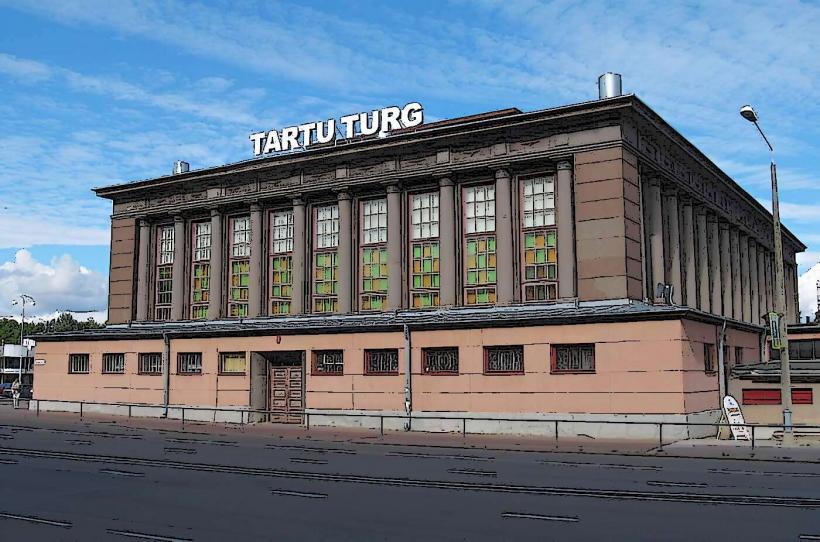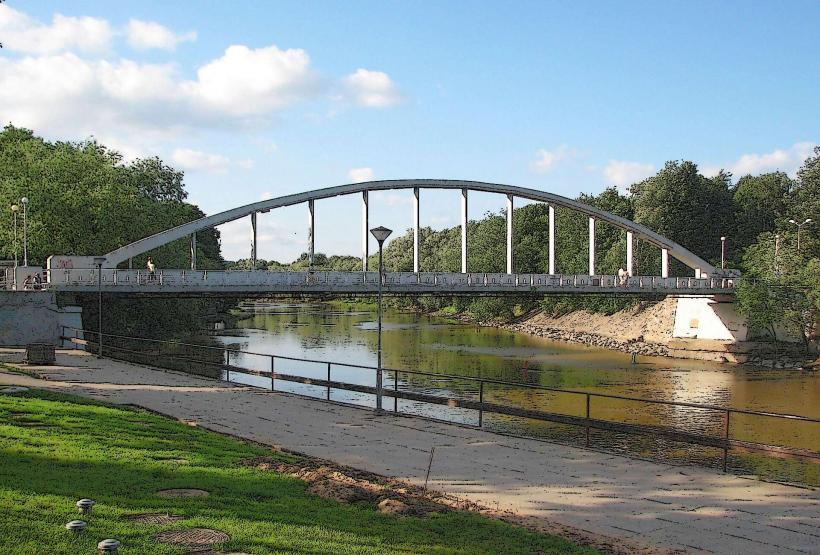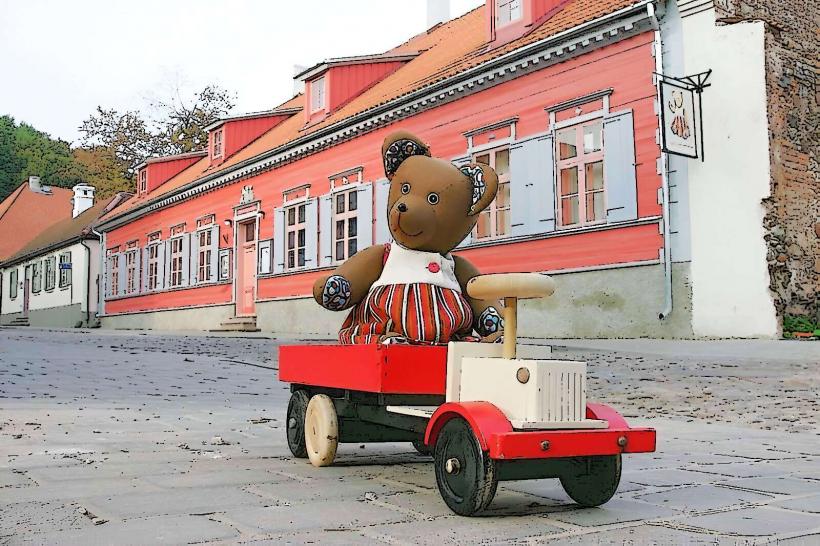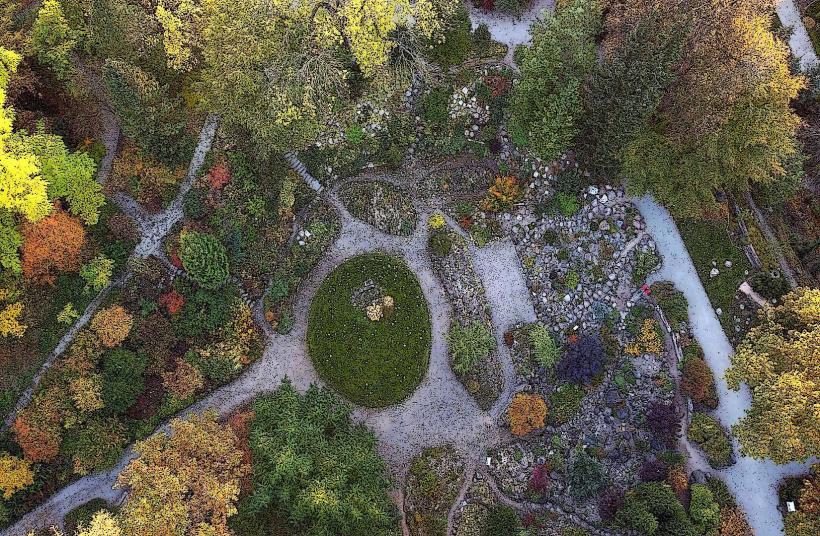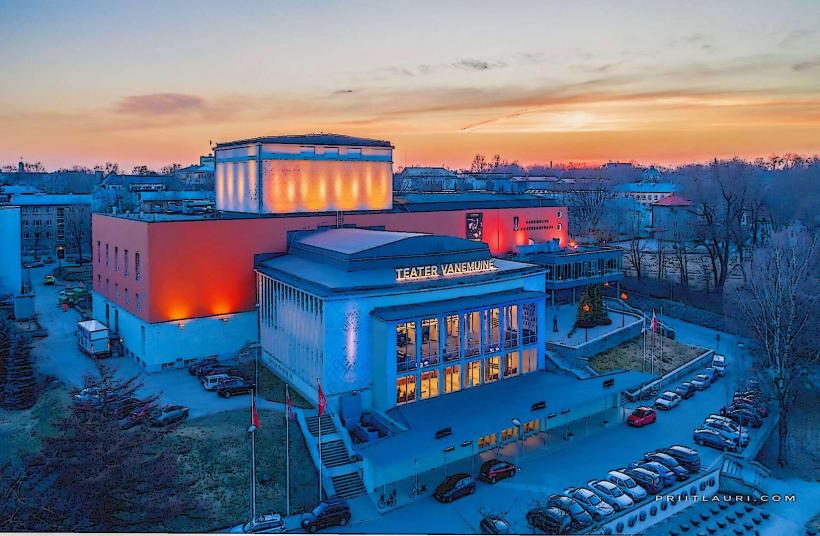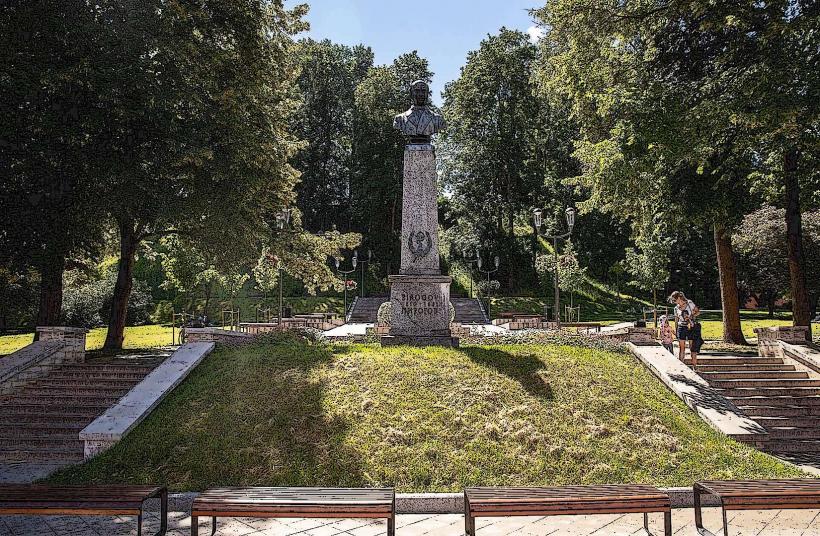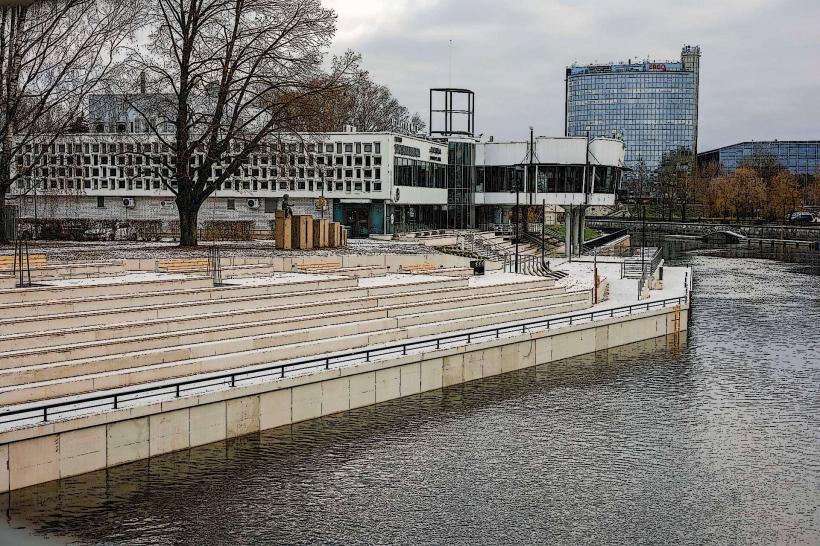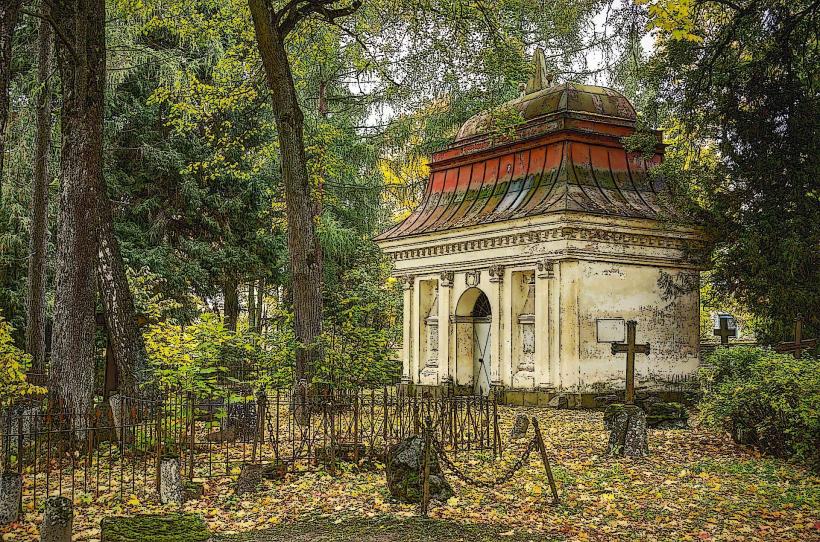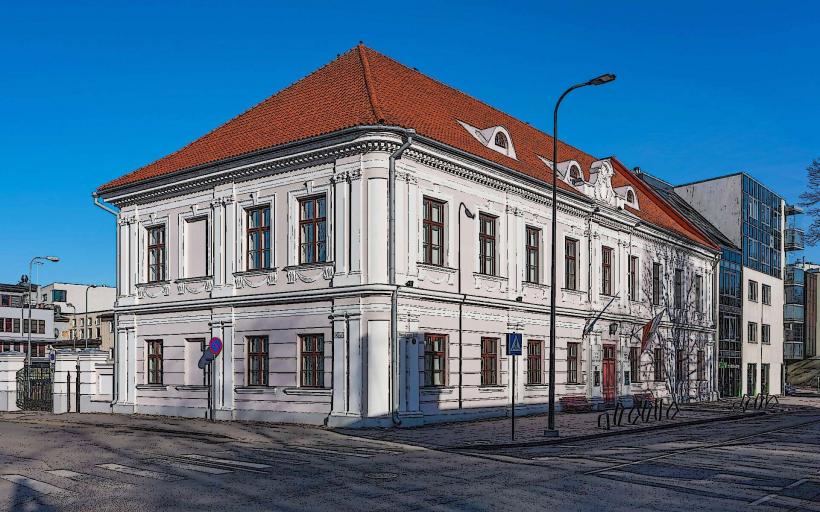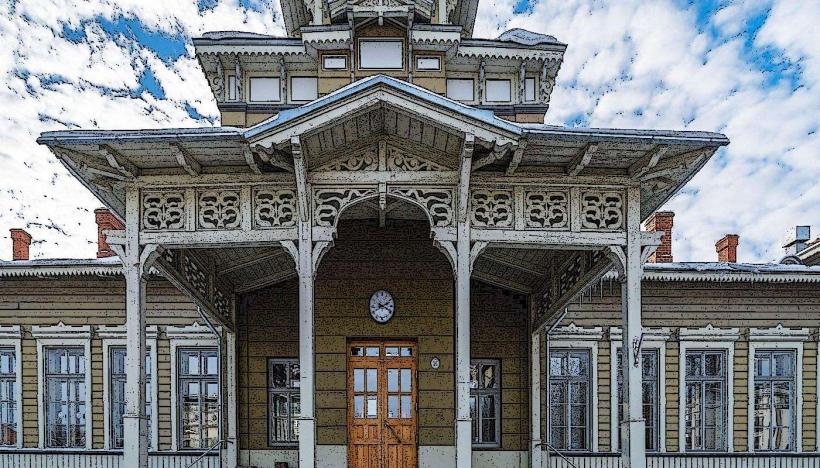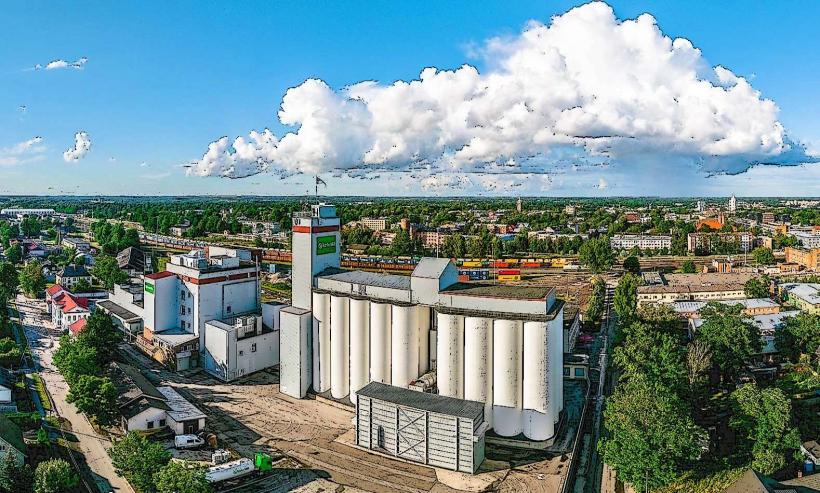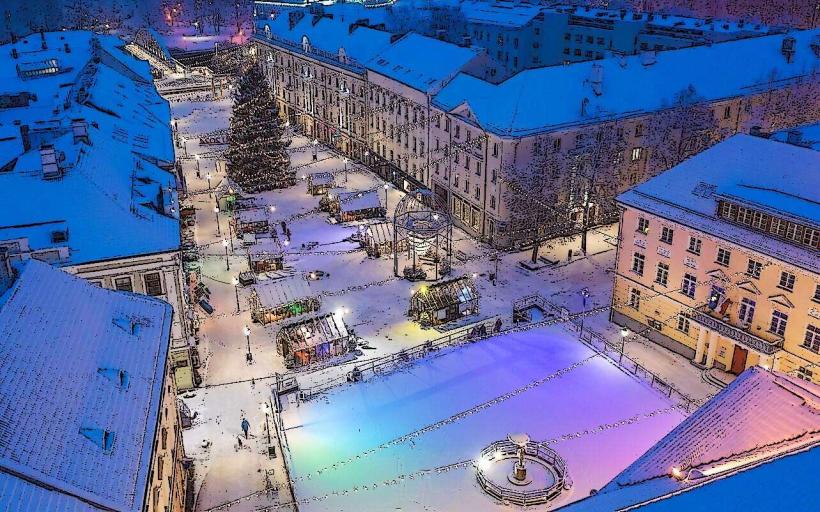Information
Landmark: Toomemägi HillCity: Tartu
Country: Estonia
Continent: Europe
Toomemägi Hill is one of the most historically significant and visually striking locations in Tartu, Estonia. Known for its scenic views, cultural landmarks, and deep connection to the region's history, the hill is often referred to as the "Cathedral Hill" due to the prominent Tartu Cathedral situated at its summit. The hill offers a glimpse into both the ancient and medieval past of Tartu and serves as a tranquil and beautiful space for visitors today.
Historical Significance
Toomemägi Hill has been a key site in Tartu for over a millennium. It has held religious and cultural importance for many centuries, beginning in the pre-Christian era. Here’s a look at its historical layers:
Pagan Religious Site: Before the Christianization of the region in the 12th and 13th centuries, Toomemägi Hill was likely a site for pagan rituals, as many elevated locations in the Baltic region were considered sacred. It is believed that the hill was a center of worship for ancient Estonian tribes.
Medieval Cathedral and Religious Center: With the establishment of the Tartu Cathedral in the early 13th century, Toomemägi became a key religious site. The construction of the cathedral was part of the Northern Crusades, and the hill was transformed into a hub for Christian worship and learning under the influence of the Catholic Church.
Bishop’s Castle: At the same time, the hill was also home to the Bishop’s Castle, which served as the residence of the Bishop of Tartu, a powerful figure in the medieval Duchy of Livonia. The ruins of this castle are still visible on the hill today, adding to the rich historical atmosphere of the area.
Swedish and Russian Periods: During the 17th and 18th centuries, as Tartu passed through various political changes—such as Swedish and Russian rule—the hill and its buildings underwent modifications. Tartu Cathedral, in particular, was damaged in the 17th century but has remained a prominent feature of the landscape. The area continued to be central to both religious and educational life in the city.
Key Attractions on Toomemägi Hill
Tartu Cathedral (Toomkirik): The most notable landmark on the hill is the Tartu Cathedral, a striking ruin that was originally constructed in the early 13th century. It remains a symbol of the city’s medieval past, with its Gothic architecture and hauntingly beautiful ruins. The cathedral’s location on the hill offers sweeping views of the city.
Bishop’s Castle Ruins: The remains of the Bishop’s Castle are scattered around the hill, especially near the Tartu Cathedral. Though the castle is in ruins, it is an essential part of the hill's history, marking the political and military importance of the area during the medieval period.
The Old Observatory: Another significant building on Toomemägi Hill is the Tartu University Old Observatory. Built in the 19th century, the observatory has an important place in the history of science and astronomy in Estonia. The building itself is an excellent example of early academic architecture.
Monuments and Statues: The hill is home to various monuments and statues commemorating important figures in Tartu’s history. These include monuments dedicated to scholars, political figures, and artists who have shaped the city’s cultural life.
Scenic Views: One of the best features of Toomemägi Hill is the panoramic view it offers over the city of Tartu. From the top, visitors can enjoy a sweeping vista that encompasses the historic city center, the Emajõgi River, and the surrounding countryside.
Natural Beauty and Recreation
Beyond its historical and architectural significance, Toomemägi Hill is a place of natural beauty. The hill is covered with trees, walking paths, and green spaces, making it a popular spot for locals and tourists to relax, take leisurely strolls, and enjoy the peaceful surroundings. The hill is often a quiet retreat from the bustle of city life, and it is especially pleasant during the warmer months when the lush greenery comes into full bloom.
Educational and Cultural Center
Toomemägi Hill is not just a site of historical interest but also serves as a center for education and culture in Tartu. As the home of several university buildings, including the Old Observatory and the nearby Tartu University, the hill is closely tied to the city’s intellectual life. The area is often a gathering place for university students, scholars, and researchers.
Modern-Day Importance
Today, Toomemägi Hill is a major tourist attraction, drawing visitors for its unique blend of natural beauty, historical significance, and educational role. The hill provides a link to Tartu’s past while being an active part of the city’s present-day culture. The combination of ruins, monuments, and green spaces ensures that Toomemägi remains one of Tartu’s most cherished sites.
Conclusion
Toomemägi Hill is not just a geographical feature but a symbol of Tartu’s rich history and cultural heritage. From its ancient pagan roots to its role as a medieval religious and political center, and its present-day significance as a place of education, culture, and leisure, the hill remains one of the most important and iconic places in Estonia. Whether visiting for historical exploration, cultural events, or simply to enjoy the beautiful views, Toomemägi Hill offers a unique experience that captures the essence of Tartu.

